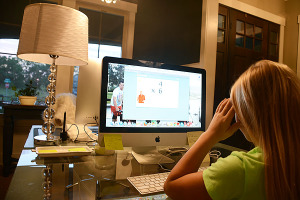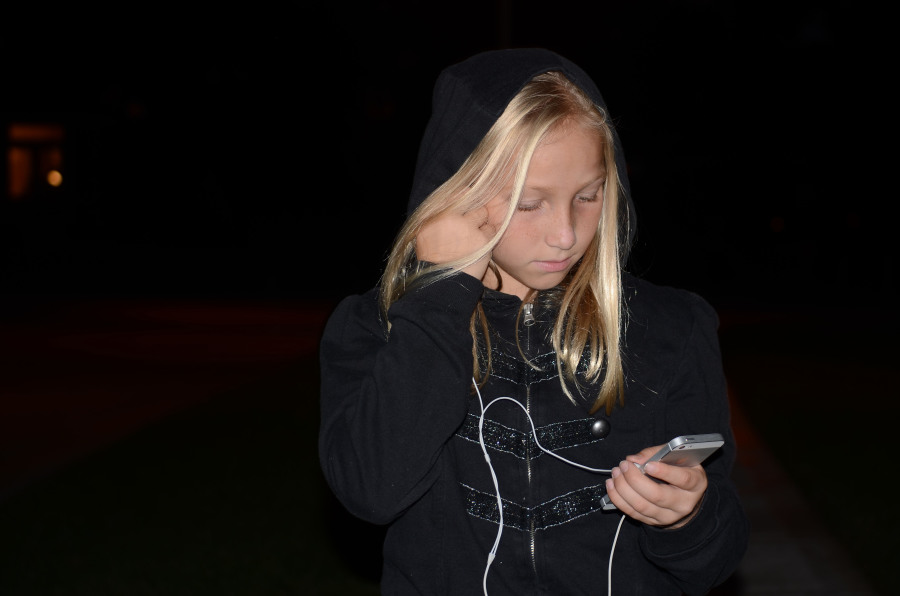Using Technology in The Classroom
The rapid and constant change in technology allows assistance but also disruptions in the classroom. Whether in English or AP Euro, technology is useful for many things. From looking up definitions to taking online gym, technology influences the way school functions.
“Us being in the 21st Century, technology in schools is important because it enhances knowledge,” Apple store employee Anna Etherington said. “Overall, I think it’s just very crucial to education.”
Technology teacher, Perri LaTerza, said it helps her students get access to information faster and it makes it easier for them to stay up to date on current events.
“It has definitely had a positive impact on the students in my class,” LaTerza said. “It really helps them and will help them in the future because they will learn to do things on their own.”
In the spring of 2009, the Fast Response Survey System (FRSS) conducted a study on the use of educational technology by public elementary and secondary school teachers. They found that 97 percent of teachers had one or more computers located in the classroom everyday.
“You can use your phone or computer for everything,” junior Megan Price said. “I can read, research, and take notes all on the one device.”
However, technology can have negative effect on student’s performance as well as it can be an advantage to their learning. All students have a different way of understanding and embracing information, and a lot of times technology can get in the way of that.
 “We have those learners that are hands on learners and we have those learners where they can read it and they get it. There’s no really hands-on in technology,” Etherington said. “It can be deteriorating for those types of learners that are hands-on. Now that things are less physical, it can be hard to grasp.”
“We have those learners that are hands on learners and we have those learners where they can read it and they get it. There’s no really hands-on in technology,” Etherington said. “It can be deteriorating for those types of learners that are hands-on. Now that things are less physical, it can be hard to grasp.”
Vala Afshar, a chief marketing officer at Extreme Networks found that, on average, Americans spend 2.7 hours socializing on mobile devices. This could be a potential distraction for students.
“I don’t put as much effort into my work anymore,” senior Katie Seitz said. “Because I know I can just look it up online.”
Etherington said it harms not only students, but also the average person.
“Nowadays we hardly call our parents to tell them where we’re at,” Etherington said. “We will usually just send them a quick text.”
Vicky Rideout, an analyst at the Pew Research Center, focuses on technology-related topics and found that social media use among children and teenagers ages 8 to 18 has grown so fast that they, on average, spend twice as much time with screens each year as they spend in school.
“It’s great information to get back and forth,” LaTerza said. “But I think it’s also very easy to abuse. You have to make sure you’re careful.”
Overall, technology changes the way students learn, the way teachers teach, and how the school functions as a whole.
“It’s pretty much gotten me through high school,” Seitz said.




